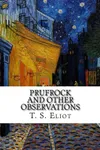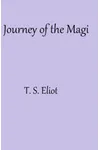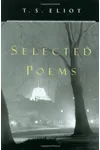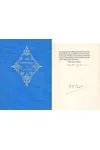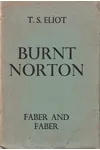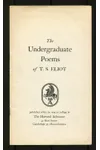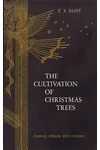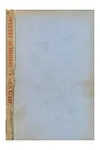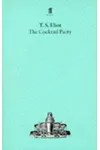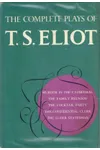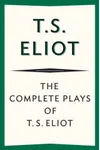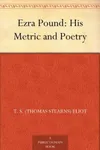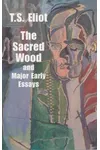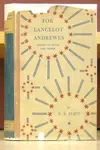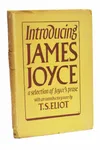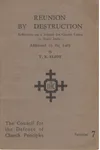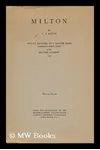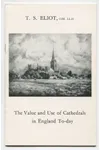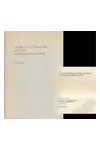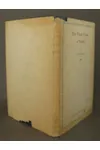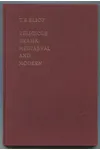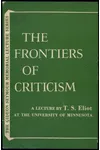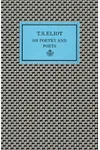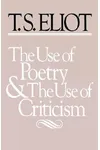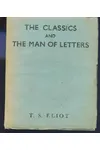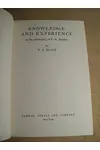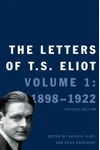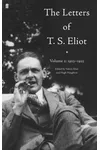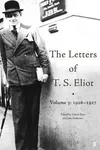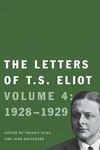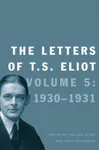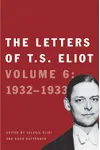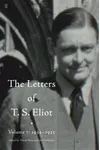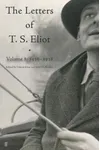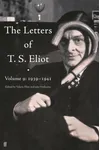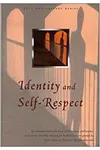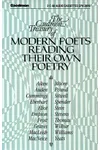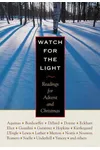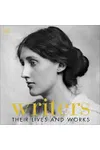Picture a poet who turned words into worlds, weaving modernist magic that still captivates readers—meet T.S. Eliot! Born in America but claimed by Britain, Eliot revolutionized 20th-century poetry with works like The Waste Land and The Love Song of J. Alfred Prufrock. His sharp intellect and innovative style made him a literary giant, earning him a Nobel Prize and a lasting legacy.
With a knack for blending myth, emotion, and fragmented narratives, Eliot’s poetry feels like a conversation with the soul of modernity. Ready to dive into his story? Let’s explore the man behind the masterpieces!
The Making of T.S. Eliot
Thomas Stearns Eliot was born on September 26, 1888, in St. Louis, Missouri, to a prominent family with deep New England roots. Raised in a cultured household, young Tom devoured books, from Shakespeare to the Bible, which later shaped his poetic voice. After studying at Harvard, he crossed the Atlantic to Oxford, eventually settling in London. There, he worked as a banker and editor, rubbing shoulders with literary titans like Ezra Pound, who championed his early work.
Eliot’s shift from academia to poetry was sparked by a restless spirit and a love for language. His American upbringing and British sensibilities gave him a unique lens, blending tradition with rebellion. By his mid-20s, he was already crafting verses that would redefine poetry.
T.S. Eliot’s Unforgettable Works
Eliot’s poetry is a kaleidoscope of fractured images, classical allusions, and raw emotion. His breakthrough, The Love Song of J. Alfred Prufrock (1915), captures a man’s inner turmoil with haunting lines like, “Do I dare disturb the universe?” Its stream-of-consciousness style and vivid imagery shook the literary world, marking Eliot as a modernist pioneer.
Then came The Waste Land (1922), a sprawling, five-part poem that many consider the defining work of modernist literature. Inspired by post-World War I disillusionment, it weaves myths, voices, and languages into a tapestry of despair and hope. Lines like “April is the cruellest month” resonate for their stark beauty. Edited heavily by Pound, it’s both chaotic and profound, reflecting a fractured world.
Eliot also excelled in drama and criticism. His play Murder in the Cathedral (1935) explores faith and martyrdom, while Four Quartets (1943) meditates on time and spirituality with lyrical precision. His essays, like “Tradition and the Individual Talent,” shaped literary theory, urging writers to balance innovation with heritage. Eliot’s style—dense, musical, and layered—invites readers to unravel its meaning.
Why T.S. Eliot Matters
Eliot didn’t just write poetry; he redefined it. His modernist approach—embracing fragmentation, allusion, and emotional depth—inspired generations of writers, from Sylvia Plath to contemporary poets. His work captured the anxieties of a changing world, making him a voice for the 20th century. Beyond poetry, his plays and essays influenced theater and criticism, earning him the 1948 Nobel Prize in Literature and two Tony Awards for his work on Cats, based on his whimsical Old Possum’s Book of Practical Cats.
Today, Eliot’s words still echo in classrooms, theaters, and quiet moments of reflection. His ability to blend the personal with the universal keeps his work timeless, inviting readers to find their own meaning in his verses.
About T.S. Eliot
- Born: September 26, 1888, St. Louis, Missouri
- Key Works: The Waste Land, The Love Song of J. Alfred Prufrock, Four Quartets
- Awards: Nobel Prize in Literature (1948), two Tony Awards
- Died: January 4, 1965, London, England
Grab a copy of The Waste Land or Prufrock and dive into T.S. Eliot’s modernist magic—your imagination will thank you!
